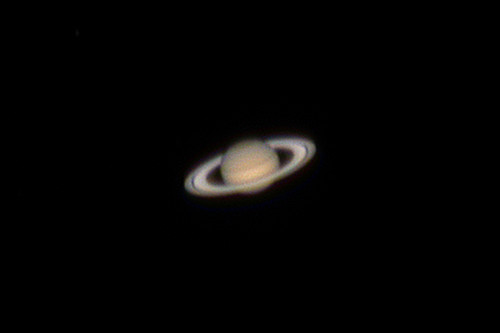7-8 July 2021, 23:30 – 02:00 (BST)
Seeing: Average
Transparency: Average/poor
Conditions: A breezy night with patches of high cirrus passing overhead; quite cool for the time of year. England won a major football semi-final tonight for the first time in 50+ years, so there was lots of noise coming from the town centre: people singing and car horns blaring until well after 1 AM.
Light condensation building gradually over the course of the session – mostly on the atlas and the telescope tube; fortunately the optics remained unaffected up until the last few minutes.
NGC 7044, open cluster, Cygnus
133x. I’ve looked at a lot of Cygnus clusters recently, and most of them have been immediately obvious. However, at first all I could see here were two moderately bright stars embedded in a very small and very hazy knot of light. Averted vision showed another faint haze nearby, but it was unclear whether one or both of these belonged to the cluster. At 171x a few stars popped out with averted vision, and a third star joined the two brighter ones to form a triangle. Perhaps not the best object to start a session (I was expecting something brighter).
NGC 7027, planetary nebula, Cygnus
171x. Small but bright blue-green nebula with bi-lobed structure. Bright spot stood out on the western side – as noted on previous occasions.
NGC 7086, open cluster, Cygnus
133x. Rich, compact cluster (visible as a hazy patch in the finder). Stars arranged in a loose, ragged spiral. Orange star on the western side. Underlying haze of unresolved stars.
NGC 7063, open cluster, Cygnus
133x. Large, loose cluster of bright stars with a central asterism shaped a bit like a stick representation of a horse.
I then relocated to the constellation of Scutum and, after spending some time in the company of M11 (the Wild Duck Cluster), I revisited an open cluster and a globular cluster:
NGC 6664, open cluster, Scutum
133x. Large, loose and sparse collection of moderately bright stars, shaped a bit like a partially peeled banana. Slightly washed out by the glare from 4th magnitude Alpha Scuti to the west.
NGC 6712, globular cluster, Scutum
133x and 171x. Grainy round glow in a rich star field – seemed larger than I remember. Bright field star to east. Faint stars visible with averted vision; even more so at 171x, though the field is so rich it’s hard to tell which ones belong to the cluster and which belong to the Milky Way. The cluster itself appeared “lumpy” at this power, with a prominent knot of stars south of the core. I’ve been underwhelmed by this object in the past, but tonight it really came to life – the best view I’ve had to date.
I spent quite a lot of time looking at this cluster, and at one point a slow-moving MEO satellite crossed the field on a southerly trajectory, its brightness oscillating slightly as it rotated.
NGC 6934 (Caldwell 47), globular cluster, Delphinus
171x. Small, compact globular; more condensed than 6712, with a brighter core. Bright 9.5m star leading 2’ to the west. Grainy with averted vision, but harder to resolve than 6712. The most prominent members appeared to be south of the core, with another one just northeast of the core.
M27 (Dumbbell Nebula), planetary nebula, Vulpecula
171x (no filter). Large and boxy at this power; no obvious colour. Brightest field star on the western corner, with a couple more visible through the northern half of the nebula. The central illuminating star wasn’t immediately obvious against the nebulous background, but was visible with averted vision, popping in and out of view with the seeing. It's not particularly difficult, but you have to make a conscious effort to seek it out, which is probably why I haven’t seen it before. Sources seem to vary on the brightness of this star: some have it at 13th magnitude; others have it nearer 14th magnitude. Based on my observation, I would put it nearer 13 than 14.
I rounded off the session with a first look at Jupiter for the year, starting at 171x, before moving up to 240x and then 333x. (Saturn is still low and currently behind the neighbour’s fast-growing tree for most of the night, but Jupiter looks like it might just clear it.) All four Galilean moons were on view (one west, three east) and the Great Red Spot was on the meridian, looking a bit faded compared to the last time I saw it. By contrast the NEB had a very dark core and a distinct orange-brown hue. I was almost tempted to get the laptop and capture some videos, but the condensation started to interfere at this point. Bodes well for the next couple of months though.


